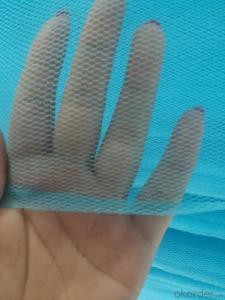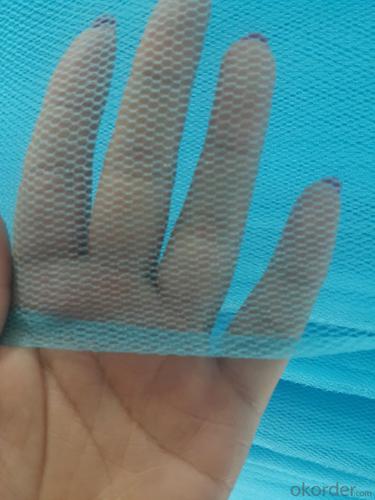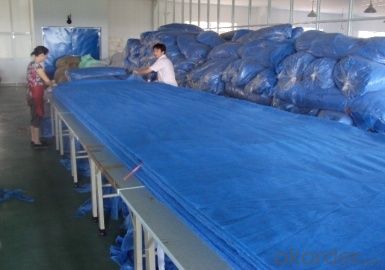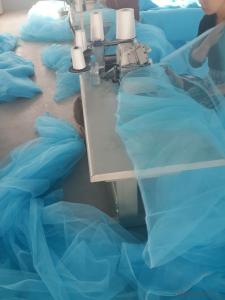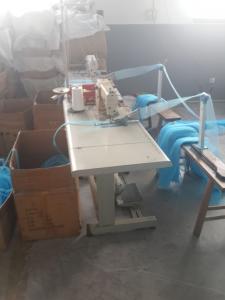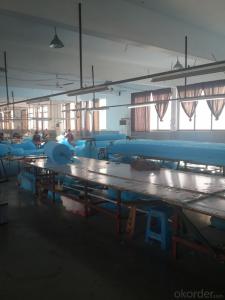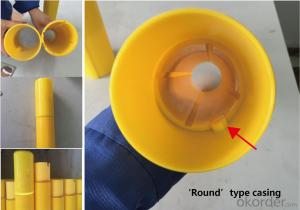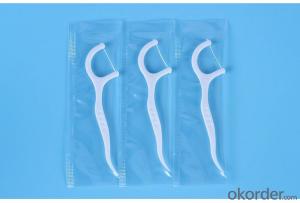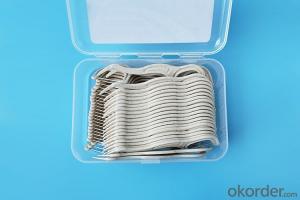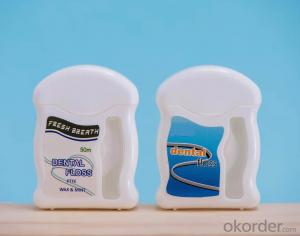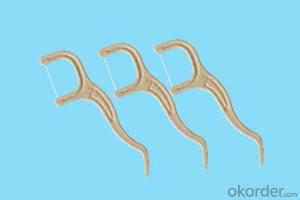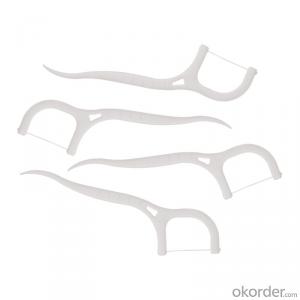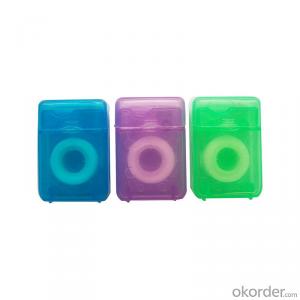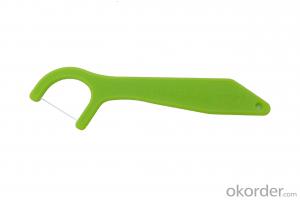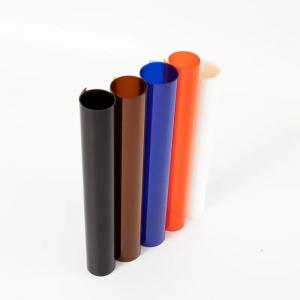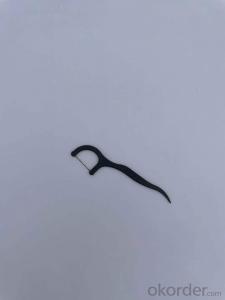Long Lasting Insecticide Treated Plastic Net Mosquito Net
- Loading Port:
- Shanghai
- Payment Terms:
- TT OR LC
- Min Order Qty:
- 1000 PCS
- Supply Capability:
- 1000000 PCS/month
OKorder Service Pledge
OKorder Financial Service
You Might Also Like
Introduction of Mosquito Net
This long lasting mosquito bed net is hooked on the ceiling and tucked under your mattress for overnight protection from bites. The deltamethrin treatment provides 4-5 years of protection, unlike permathrin which only lasts about 1 year. Insecticide treated mosquito nets, if used properly, are one of the best ways to prevent mosquitoes from biting and infecting individuals with malaria and other mosquito-borne diseases.
Details of Mosquito Net :
Lasts 4-5 years
Suitable for beds of all dimensions
For one or two people
Attaches to ceiling
Can be suspended from a ceiling
Pre-treated as per World Health Organization guidelines
Services of Mosquito Net :
Pre-sale services:
1.Various kinds of mosquito nets to choose from.
2.Any customized products can be satisfied according to your requirements.
3.Professional technicians engaged in each procedures.
Services during the sale:
1.Pre-checking and safeguarding products before delivery.
2.Providing solutions for any unexpected conditions involved.
After-sale services:
1.Assist customers on how to hang the exact mosquito nets.
2.Provided with instructions or vidoes of certain mosquito nets foldings.
3.24-hour Services.Contact us for any questions, we'd be gladly to follow.
Packaging & Delivery of Mosquito Net :
| Packaging Detail: | Individually packed into branded plastic bag,100 units per bale. |
| Delivery Detail: | 2 weeks after confirm order and payment |
FAQ of Mosquito Net:
1.Sample
We'd be gladly to send you the sample for free, but you need to pay for transport cost, and we will turn back this amount of money to you after orders issued.
2. MOQ
Our minimum order quantity for mosquito net is 1,000 pieces, and 500 kilograms for fleece fabric and mosquito net fabric.
3.Color, Size
Any color and any size is available as long as it's connected with mosquito nets.
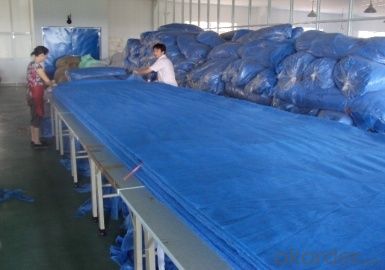
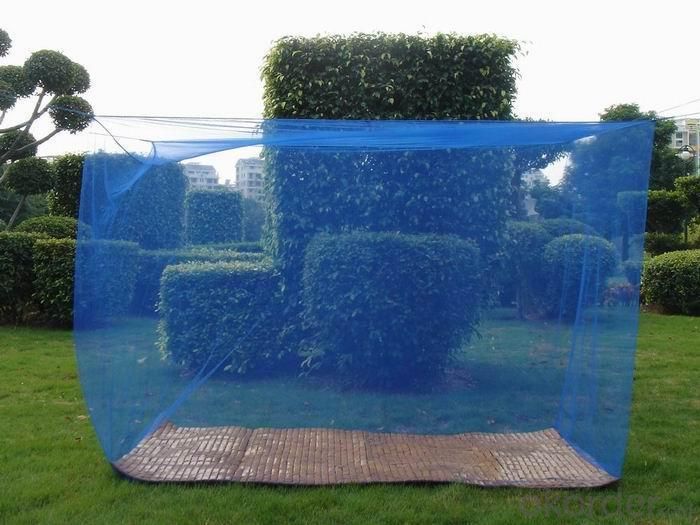
- Q: What is medical plastic and what are its uses in the healthcare industry?
- Medical plastic refers to a type of plastic that is specifically designed and manufactured for use in the healthcare industry. It is a sterile and durable material that meets stringent regulatory requirements. Medical plastic is extensively used in various healthcare applications such as medical devices, implants, surgical instruments, drug delivery systems, and medical packaging. Its uses range from creating single-use disposable items to long-term implants, as it offers excellent biocompatibility, flexibility, and resistance to chemicals and bacteria. Overall, medical plastic plays a crucial role in enhancing patient safety, infection control, and improving medical procedures and treatments.
- Q: Can medical plastics be used for tissue engineering?
- Yes, medical plastics can indeed be used for tissue engineering. They offer a range of advantages such as biocompatibility, mechanical strength, and flexibility, making them suitable for various tissue engineering applications. Medical plastics can provide scaffolds to support cell growth, enable controlled drug release, and simulate the extracellular matrix. Additionally, they can be tailored to meet specific requirements and can be biodegradable or non-biodegradable depending on the intended use.
- Q: Can medical plastics be used in gynecological applications?
- Yes, medical plastics can be used in gynecological applications. They are commonly used in the manufacturing of devices such as speculums, catheters, and intrauterine devices (IUDs), as they provide durability, flexibility, and biocompatibility required for gynecological procedures.
- Q: Moon cake plastic mold how to disinfect? Can I use boiling water? Or direct detergent, just fine
- If the material is not heat-resistant material, the temperature is too high will lead to plastic deformation or even melt, do not boil with water, thoroughly clean and dry on it.
- Q: What are the guidelines for proper storage of medical plastic products?
- The guidelines for proper storage of medical plastic products include keeping them in a clean and dry environment, away from direct sunlight and extreme temperatures. They should be stored in a well-organized manner, with proper labeling and separation from other materials. Additionally, it is important to follow any specific storage instructions provided by the manufacturer to ensure the integrity and safety of the products.
- Q: What are the limitations of medical plastic in terms of temperature and pressure resistance?
- The limitations of medical plastic in terms of temperature and pressure resistance vary depending on the specific type of plastic used. Generally, medical plastics have a lower resistance to high temperatures and pressures compared to materials like metal or glass. They may start to deform or melt at elevated temperatures, and their structural integrity can weaken under high pressure. Therefore, it is crucial to select the appropriate medical plastic that can withstand the specific temperature and pressure conditions encountered in medical applications to ensure patient safety and device functionality.
- Q: How do medical plastics contribute to the development of telehealth?
- Medical plastics contribute to the development of telehealth by enabling the production of lightweight, durable, and sterile devices used in remote health monitoring and virtual consultations. These plastics are utilized in the manufacturing of wearable sensors, remote monitoring devices, and mobile health apps, making telehealth more accessible, efficient, and accurate.
- Q: Can medical plastics be used in drug delivery systems?
- Yes, medical plastics can be used in drug delivery systems. They are often used to manufacture various components of drug delivery devices, such as syringes, vials, and implantable devices. Medical plastics offer advantages like biocompatibility, durability, and ease of manufacturing, making them suitable for drug delivery applications. Additionally, they can be designed to be sterile, inert, and resistant to chemical interactions, ensuring the safe and effective delivery of medications to patients.
- Q: Are medical plastics recyclable?
- Yes, medical plastics are recyclable. However, the recyclability of medical plastics may vary depending on the specific type of plastic and the recycling capabilities of the facility. It is important to check with local recycling centers or waste management authorities to determine the proper disposal or recycling methods for medical plastics in a particular area.
- Q: What are the common applications of medical plastic in surgery?
- Medical plastics have a wide range of applications in surgery, including the manufacturing of surgical instruments, implants, prosthetics, and medical devices. They are commonly used in the production of catheters, syringes, surgical trays, and disposable gloves. Additionally, medical plastics are used for packaging sterile medical supplies and for creating sterile barriers during surgical procedures.
Send your message to us
Long Lasting Insecticide Treated Plastic Net Mosquito Net
- Loading Port:
- Shanghai
- Payment Terms:
- TT OR LC
- Min Order Qty:
- 1000 PCS
- Supply Capability:
- 1000000 PCS/month
OKorder Service Pledge
OKorder Financial Service
Similar products
Hot products
Hot Searches
Related keywords
